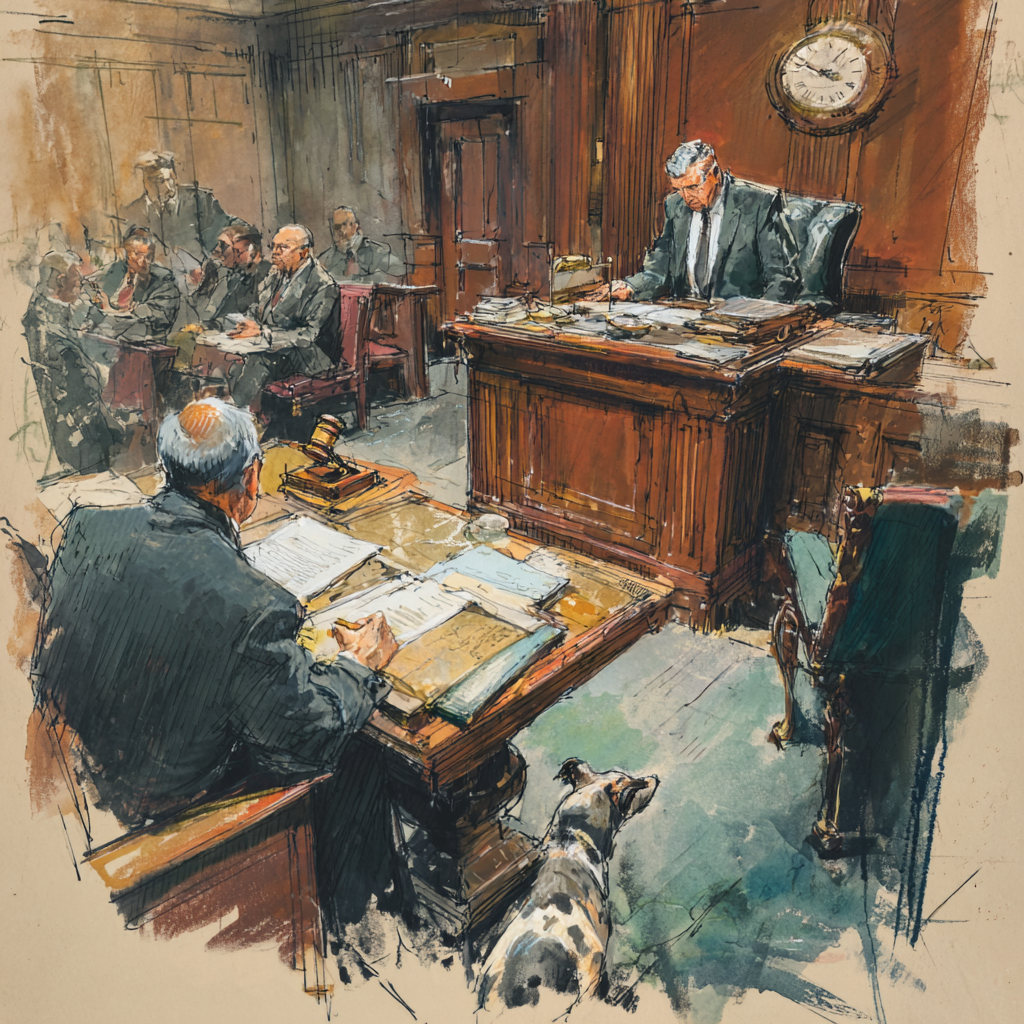Midfirst Bank v Agho, 2014 NY Slip Op 05778 (2d Dept. 2014)
“Our Court is observing a significant upswing in the number of appeals where the parties are contesting the admissibility of affidavits executed outside of the state, without CPLR 2309(c) certificates of conformity.”
(Supreme Court denied motion for leave to enter default due to failure to comply with CPLR 2309[c])
Held to comply with 2309(c)
“Mills’s affidavit was executed in the County of Oklahoma, State of Oklahoma, on September 20, 2012. The jurat reads:
State of Oklahoma
County of Oklahoma
Subscribed and sworn to (or affirmed) before me this 20th [sic] of September, 2012, by Josh Mills, [who] provided to me the basis of satisfactory evidence to be the person(s) who appeared before me.
Signature Mark R. Pitts (Notary Seal)
Notary Public”
The Notary Seal contained Pitts’s name and notary number, and the future expiration date of his notary license.
The affidavit and jurat were accompanied by a further document called a “Uniform, All Purpose Certificate of Acknowledgment.”
The Certificate of Acknowledgment read:
UNIFORM, ALL PURPOSE CERTIFICATE OF ACKNOWLEDGMENT
(Must sign in addition to Jurat if signed outside of New York State)
“State of Oklahoma
County of Oklahoma
On the 20th day of September in the year of 2012 before me, the undersigned, personally appeared Josh Mills, personally known to me or proved to me on the basis of satisfactory evidence to be the individual(s) whose name(s) is (are) subscribed to the within instrument and acknowledged to me that he/she/they executed same in his/her/their capacity(ies) and that by his/her/their signature(s) on the instrument, the individual(s), or the person upon behalf of which the individual(s) acted, executed the instrument, and that such individual made such appearance before the undersigned in Oklahoma City, Oklahoma (insert the city or other political subdivision and the state or county or other place the acknowledgment was taken).”
…
“The “certificate” required by CPLR 2309(c), commonly referred to in case law as a “certificate of conformity,” must contain language attesting that the oath administered in the foreign state was taken in accordance with the laws of that jurisdiction or the law of New York (see Real Property Law § 299-a[1])”
…
“Here, the Supreme Court erred in concluding that the Mills affidavit was not accompanied by a certificate of conformity, as the “Uniform, All Purpose Certificate of Acknowledgment,” appended to the Mills affidavit, substantially conformed with the template requirement of Real Property Law § 309-b and constituted a certificate of conformity. The “Uniform, All Purpose Certificate of Acknowledgement” attested that the notary public, Mark R. Pitts, confirmed Josh Mills’s identity when Mills executed his affidavit in Pitts’ presence on the date the affidavit was executed, and was signed by Pitts alongside his notary seal. Moreover, since Mills’s signature upon the affidavit was acknowledged by a notary licensed in Oklahoma, no separate certificate of authentication was required (see Real Property Law §§ 299, 311[5]).”
…
The most important part of the opinion is here:
“Parenthetically, we note that even if the Mills affidavit was not accompanied by a certificate of conformity, the Appellate Division, Second Department, has typically held, since 1951, that the absence of a certificate of conformity is not, in and of itself, a fatal defect (see Mack-Cali Realty, L.P. v Everfoam Insulation Sys., Inc., 110 AD3d at 680; Bey v Neuman, 100 AD3d at 582;Fredette v Town of Southampton, 95 AD3d at 941; Fallah v Stop & Shop Cos., Inc., 41 AD3d at 639; Smith v Allstate Ins. Co., 38 AD3d at 523; Raynor v Raynor, 279 App Div 671). The defect is not fatal, as it may be corrected nunc pro tunc (see U.S. Bank N.A. v Dellarmo, 94 AD3d 746), or pursuant to CPLR 2001, which permits trial courts to disregard mistakes, omissions, defects, or irregularities at any time during an action where a substantial right of a party is not prejudiced (see Matos v Salem Truck Leasing,105 AD3d at 917; Rivers v Birnbaum, 105 AD3d at 44; Betz v Daniel Conti, Inc., 69 AD3d at 545). Thus, even if the certificate of conformity was inadequate or missing, no substantial right of the defendants is prejudiced. As they failed to oppose the plaintiff’s motion or raise the issue, it was inappropriate for the Supreme Court to, sua sponte, do so on the defendants’ behalf (see Rosenblatt v St. George Health & Racquetball Assoc., LLC, _____ AD3d _____, 2014 NY Slip Op 02917 [2d Dept 2014]). ”









